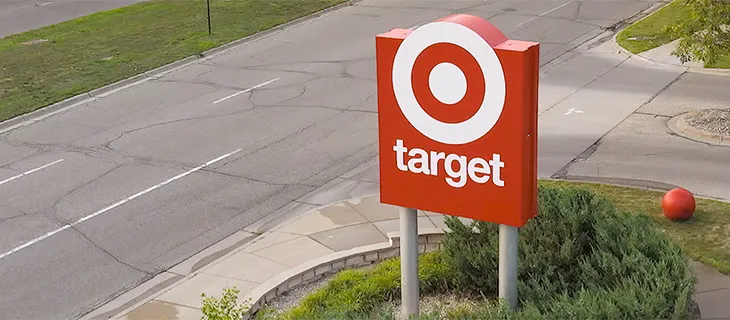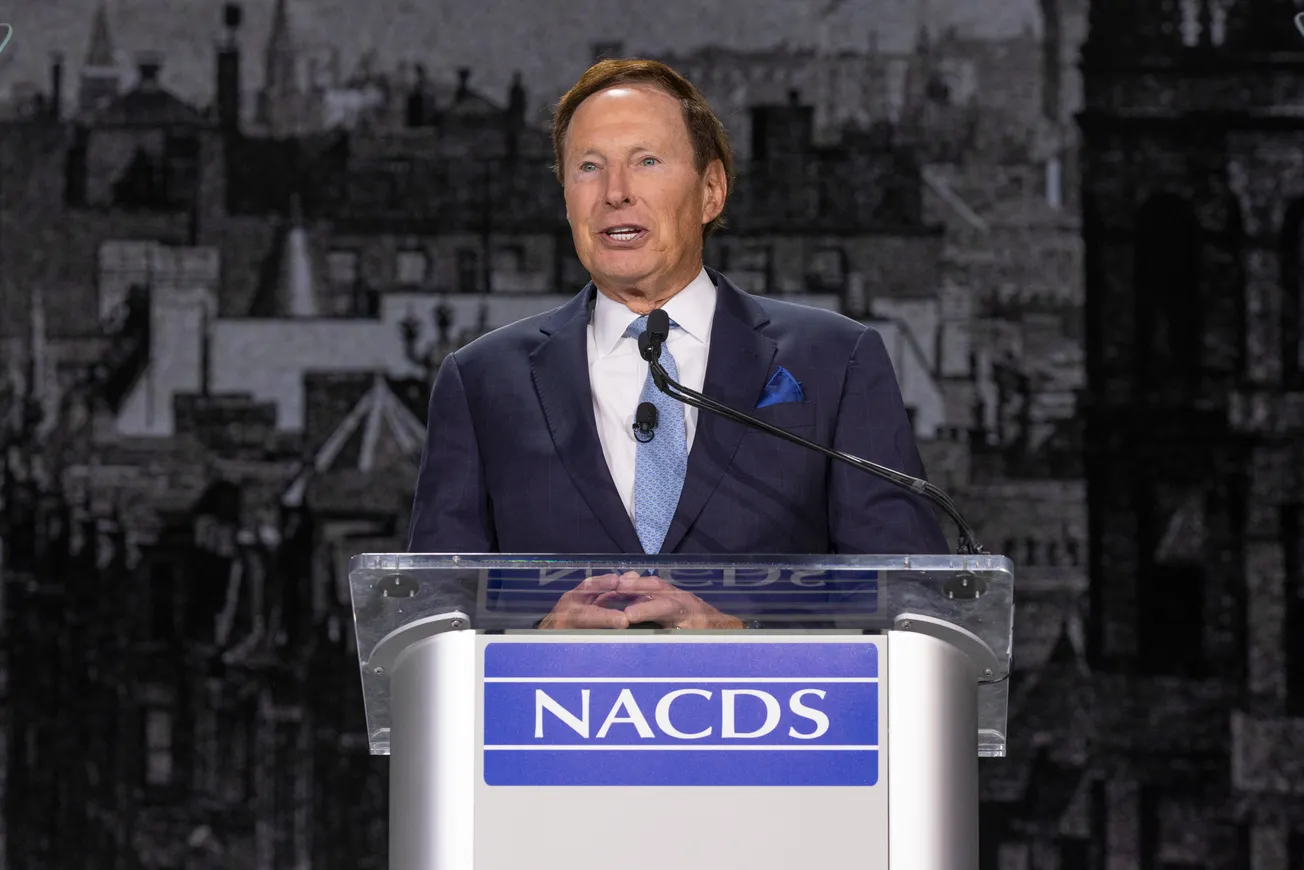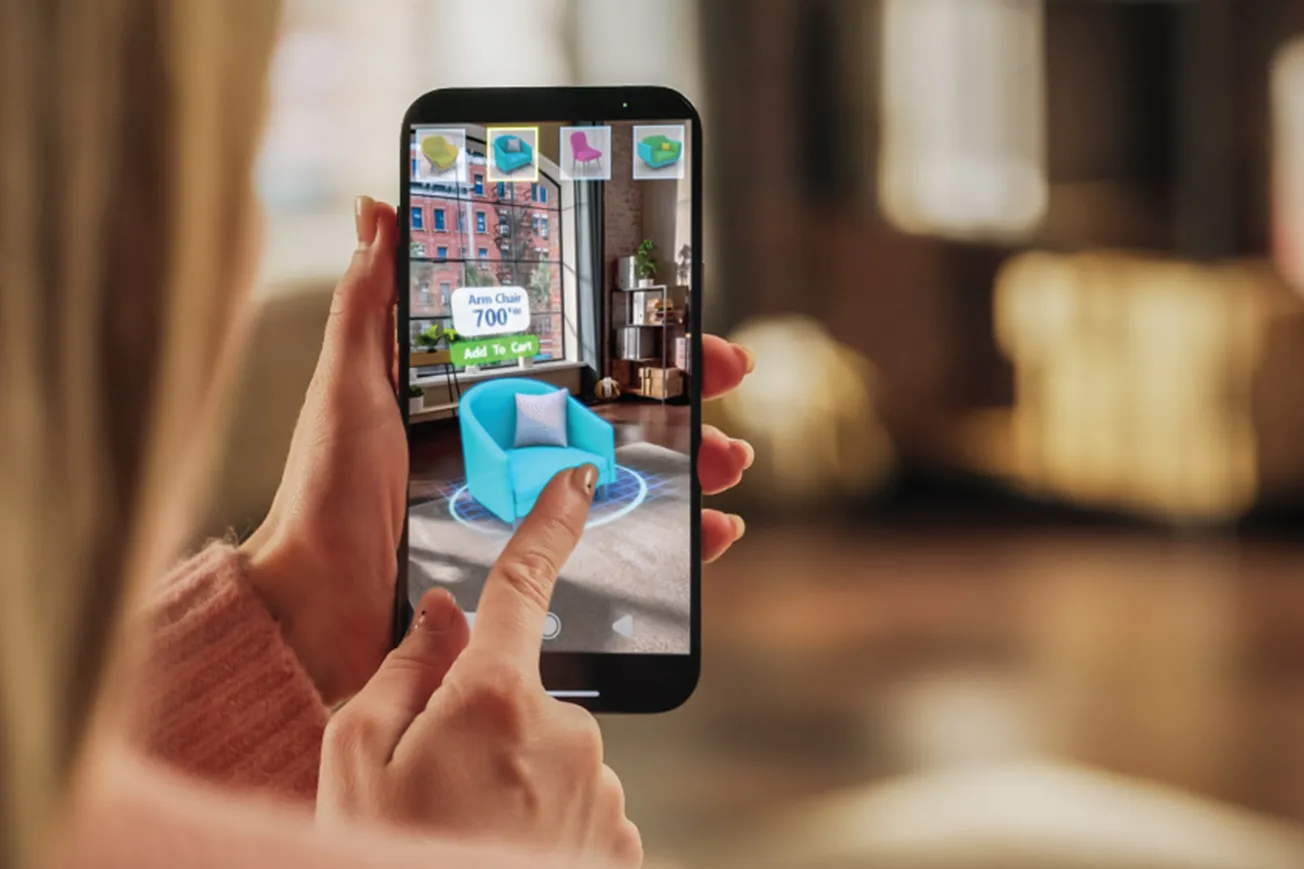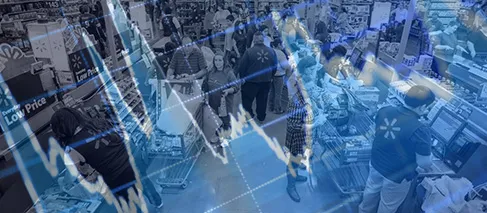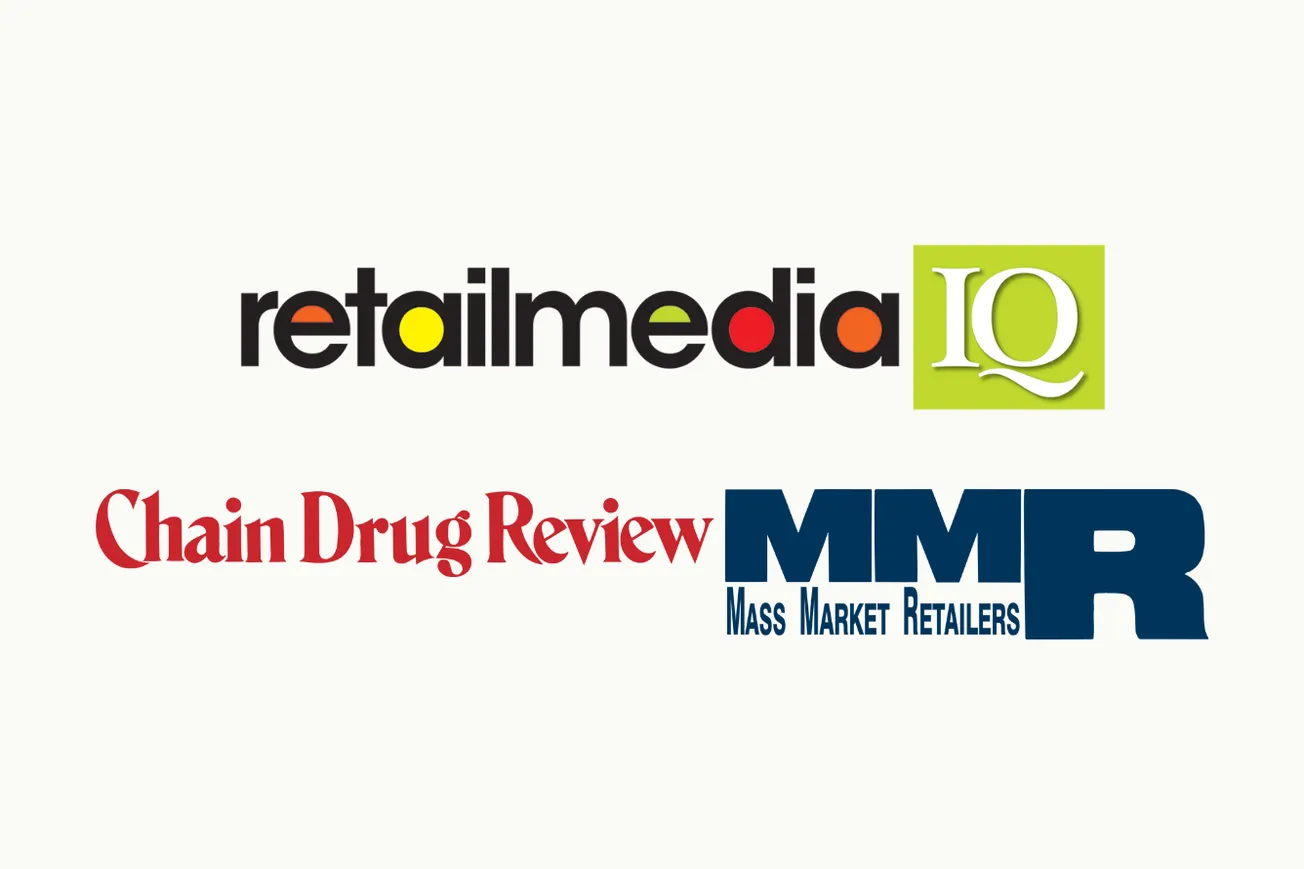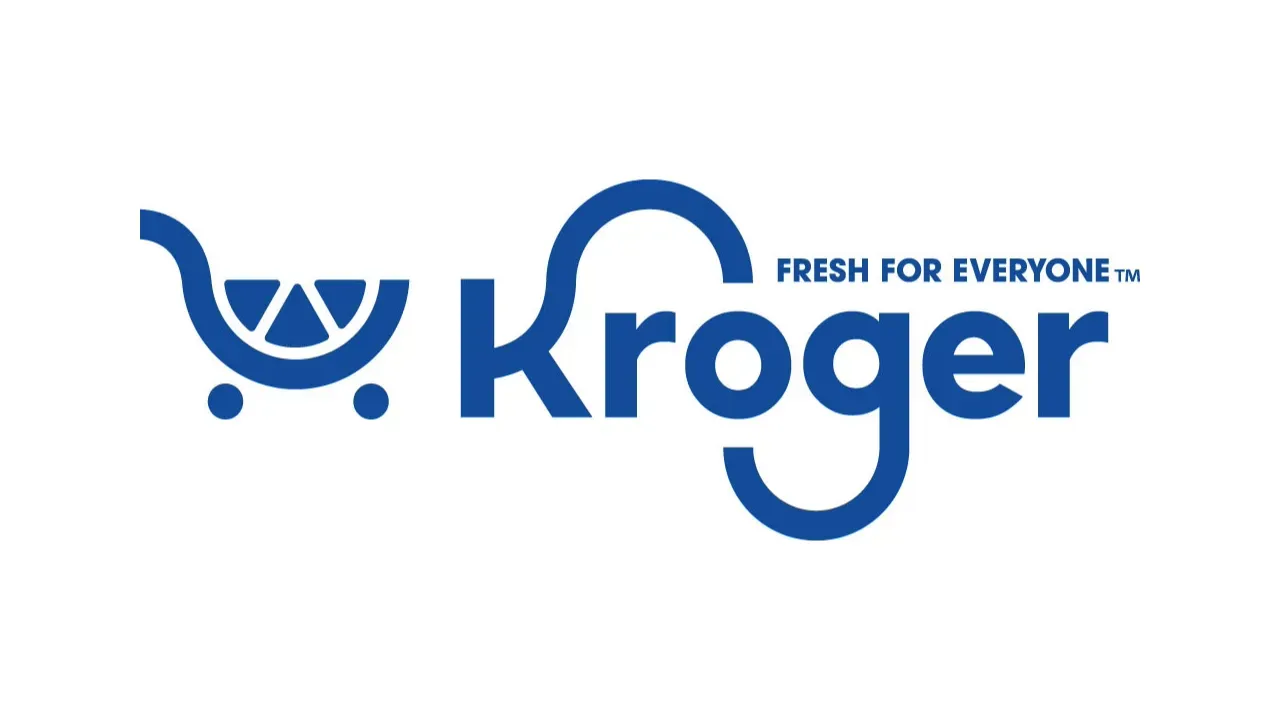MINNEAPOLIS — Target Corp. plans to invest up to $5 billion on its physical stores, digital experiences, fulfillment capabilities and supply chain capacity this year to support its continued growth.
“Years of investment in our team and business have driven our sales beyond $100 billion and positioned Target to meet the needs of our guests no matter how they choose to shop,” Target chief financial officer Michael Fiddelke said. “We see substantial opportunities to build on our core capabilities to drive deeper guest engagement and long-term growth.”
The investment plan includes new stores and remodels. Target plans to open approximately 30 stores this year, ranging from mid-size locations in dense suburban areas to small-format stores in city centers like Charleston, SC, and New York’s Times Square.
Target’s plans also include 200 top-to-bottom renovations of existing stores. Those renovations, part of an effort that began in 2017, will result in the updating of more than half of the chain, according to the company, which said the “investments add inspiration to the store environment through modern design elements like brighter lighting and elevated merchandise displays, while also equipping the team with enhanced hold space and pickup areas for online fulfillment.” Target also expects to complete hundreds of smaller projects across the chain to support the growth of its fulfillment services and the expansion of its in-store brand partnerships.
Those partnerships — with brands like Ulta Beauty, Disney, Levi’s and Apple — are designed to build relevance with Target shoppers and drive incremental growth, the company says. After 100 Ulta Beauty at Target shop-in-shops opened in 2021, for example, the company is planning to open more than 250 new locations by the end of 2022, and plans call for at least 800 Ulta Beauty at Target locations to open in the coming years.
Target also plans to invest in its fulfillment capabilities and replenishment capacity, the company said. Target’s same-day fulfillment services have grown nearly 400% since 2018, accounting for more than half of the company’s $13 billion digital growth. Target recently announced plans to enhance its popular Drive Up service in select stores by adding Starbucks orders and easy returns ahead of this year’s holiday season, and expanding its back-up item option for pickup orders to more categories.
To add speed, efficiency and capacity to its fulfillment operation, Target continues to invest in sortation centers, which organize digital orders packed by local stores for fast neighborhood deliveries. The company is expanding this model beyond Minneapolis, with five more facilities set to be operating across Dallas, Houston, Austin, Atlanta and Philadelphia by spring and another five planned to open later this year. Target says the sortation centers enable a next-day shipping capability in dense markets and allow the company to further scale its “stores-as-hubs strategy.” Target recently reported than more than 95% of the company’s fourth-quarter sales were fulfilled by its stores.
Target also opened two new distribution facilities in 2021 to support the increased inventory flow to its stores. The company has another four facilities currently in development to expand supply chain capacity, with plans for several more in the next few years.


